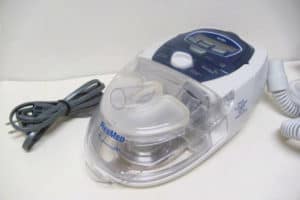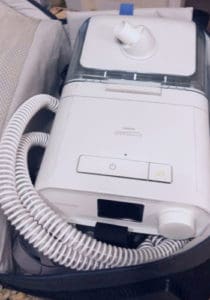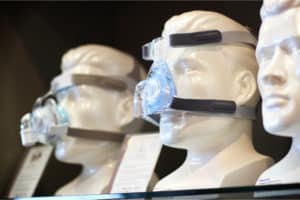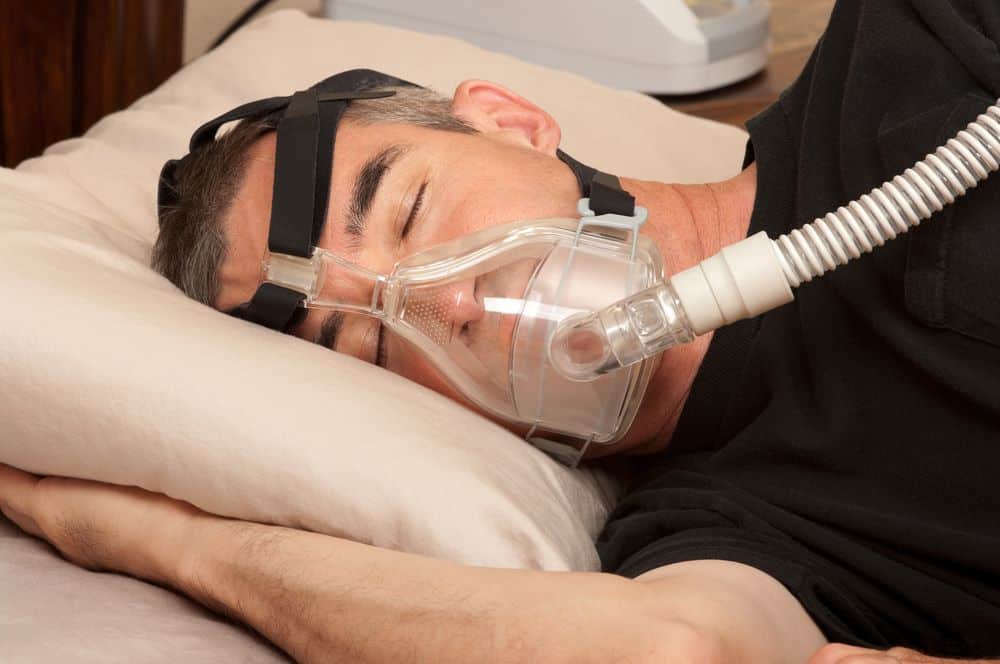6 Things That Make Sleep Apnea Worse
Obstructive sleep apnea affects millions of adults in the United States, with the majority of those affected suffering through the disorder while undiagnosed. Obstructive sleep apnea is a sleeping disorder characterized by interrupted breathing due to an obstruction in the airways, like enlarged tonsils or tensed throat muscles, and this repeated interruption of breathing can lead to other serious health problems.
What are the signs and symptoms of obstructive sleep apnea?
Sleep apnea has a lot of warning signs in adults. If you have any one or two of these signs and symptoms, consult with a doctor immediately:
- Restless sleep
- Gasping or choking during sleep
- Headaches in the morning
- Daytime fatigue
- Dry or sore throat
- Changes in mood
- Irritability
- Loud snoring
- Silent pauses in breathing
- Waking up to pee
- Insomnia
6 things that can make sleep apnea worse
If you are diagnosed with obstructive sleep apnea or suspect that you are developing the disorder, then it’s recommended that you watch out for these things that can make the condition worse:
1. Weight gain
People who have excess weight tend to be more likely to develop obstructive sleep apnea, mainly because of the added mass in the neck which tends to close in on the airways. You would also notice that people who are obese have difficulty breathing when they are awake, but their problem can be worse when they are laying in a supine position during sleep.
If you have OSA and have a BMI indicating obesity or overweight status, it is highly recommended that you adopt lifestyle changes to achieve a normal BMI. Excess weight or further weight gain can increase the risk of the airways collapsing during sleep, as well as give way to more weight-related issues such as heart disease or diabetes.
2. Alcohol consumption
One of alcohol’s effects is the relaxation of muscles. If you are suffering from OSA and have a habit of getting a drink right before sleep, then you are putting yourself at risk to even worse episodes of sleep apnea due to alcohol’s relaxant effect on the throat muscles.
It is best to avoid alcohol altogether. Alternatively, you can wait at least an hour after drinking before going to sleep to decrease the chances of sleep apnea.
3. Deep sleep and sleep deprivation
When you are sleep deprived, your body tends to make up for it with REM sleep, otherwise known as deep sleep wherein rapid eye movement and paralysis of the muscles occur. REM sleep paralyzes the airways and causes drops in oxygen during sleep, often causing gasping or pauses in breathing during the night.
REM sleep cannot be avoided since it’s an important part of quality sleep, but it’s recommended that you don’t deprive yourself of sleep too much. A good sleep cycle can help ensure that your body will not sleep so deeply to the point that you are already experiencing sleep apnea.
4. Cigarette smoking
Cigarette causes multitudes of respiratory problems which can indirectly cause sleep apnea. For one, smoking can make the area near the airways swell due to the irritant effect of cigarettes, which can lead to sleep apnea over time. Furthermore, chronic obstructive pulmonary disease or COPD is a consequence of smoking, which can also narrow and inflame the airways. Hence, another reason to quit cigarettes!
5. Sleeping on your back
Sleeping position is a pretty hard factor to modify, but with enough help from a partner or family member, you can start getting used to sleeping on the side. Sleeping in the supine position increases the tendency of snoring and worsen sleep apnea. On the other hand, people who suffer from OSA were found to have reduced sleep apnea episodes when they sleep on their side. This is also true for people who don’t suffer from OSA but are loud snorers.
6. Other respiratory problems
Respiratory problems such as adult asthma, seasonal allergies, or nasal congestion can make sleep apnea ten times worse for sufferers of OSA due to the accumulation of mucus, inflammation of the airways, and the reduction of airflow during attacks. If you have any of these comorbidities along with obstructive sleep apnea, it is highly recommended that you treat the respiratory problem immediately. Chances are, it would be easier to treat nasal congestion and allergies than to suffer through a heightened state of sleep apnea during sleep.
Conclusion
Patients who suffer from obstructive sleep apnea can limit the instances of this disorder if they put effort to control modifiable risk factors as discussed above. Weight gain, alcohol consumption, sleep patterns, smoking, sleeping position, and treatable respiratory problems are things that can make sleep apnea worse–but with lifestyle changes and appropriate treatment, you can prevent sleep apnea from getting worse and possibly reduce nocturnal episodes as well.
References
- https://www.webmd.com/sleep-disorders/sleep-apnea/sleep-apnea-conditions
- https://health.usnews.com/health-care/patient-advice/articles/2018-07-05/sleep-apnea-8-things-that-make-it-worse
- https://www.simplesleepservices.com/8-things-that-could-make-sleep-apnea-worse/
- https://www.usa.philips.com/c-m-hs/better-sleep-breathing-blog/better-sleep/side-back-or-stomach
The post 6 Things That Make Sleep Apnea Worse appeared first on CPAP Guide.




 CPAP therapy uses machines and devices specifically designed to deliver a constant flow of pressure. CPAP devices use airflow to create a positive pressure in the oropharynx and laryngopharynx. The flow may be constant or varying based on the design, and most CPAP systems have an intentional outlet to vent the excess flow.
CPAP therapy uses machines and devices specifically designed to deliver a constant flow of pressure. CPAP devices use airflow to create a positive pressure in the oropharynx and laryngopharynx. The flow may be constant or varying based on the design, and most CPAP systems have an intentional outlet to vent the excess flow.
 There are some problems with CPAP devices that make the patients noncompliant. Main cause is the pressure points created on the forehead and the bridge of the nose. The discomfort caused by these pressure points on a long-term basis is significant and can, in turn, cause sleep disturbances.
There are some problems with CPAP devices that make the patients noncompliant. Main cause is the pressure points created on the forehead and the bridge of the nose. The discomfort caused by these pressure points on a long-term basis is significant and can, in turn, cause sleep disturbances.


